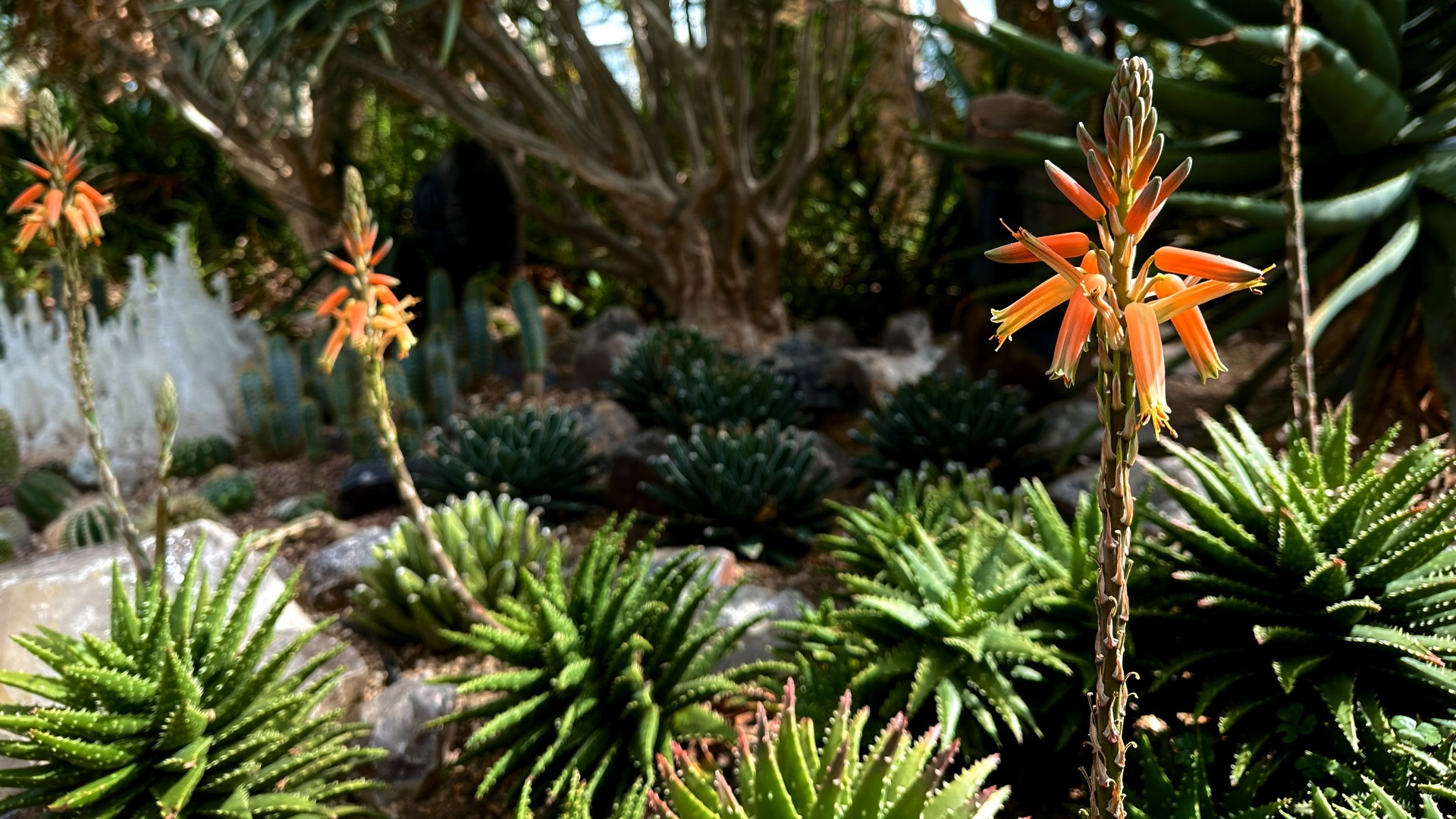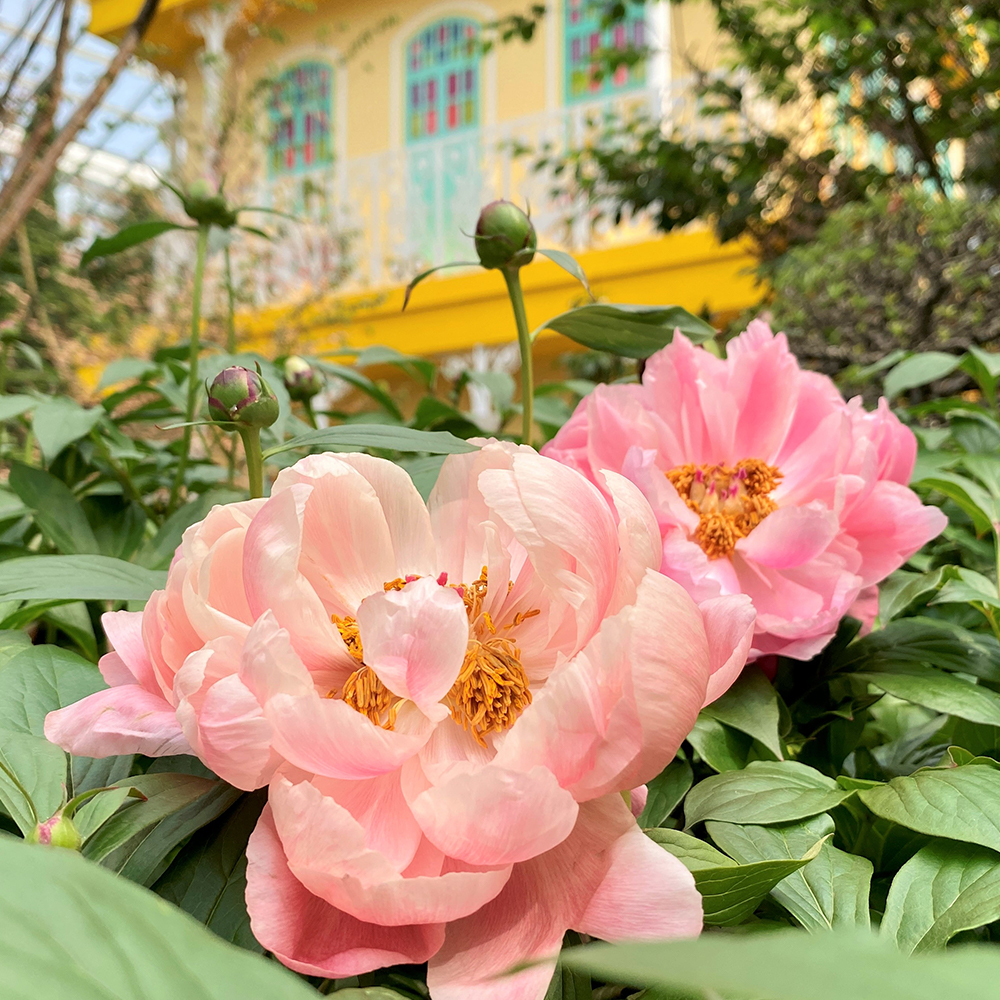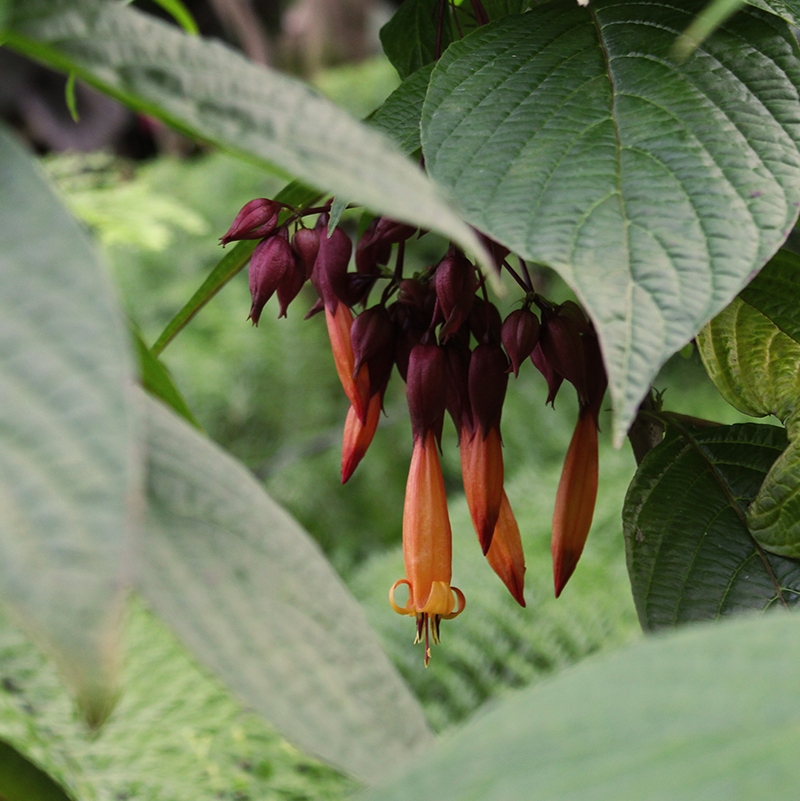Empress of Brazil (Worsleya procera)
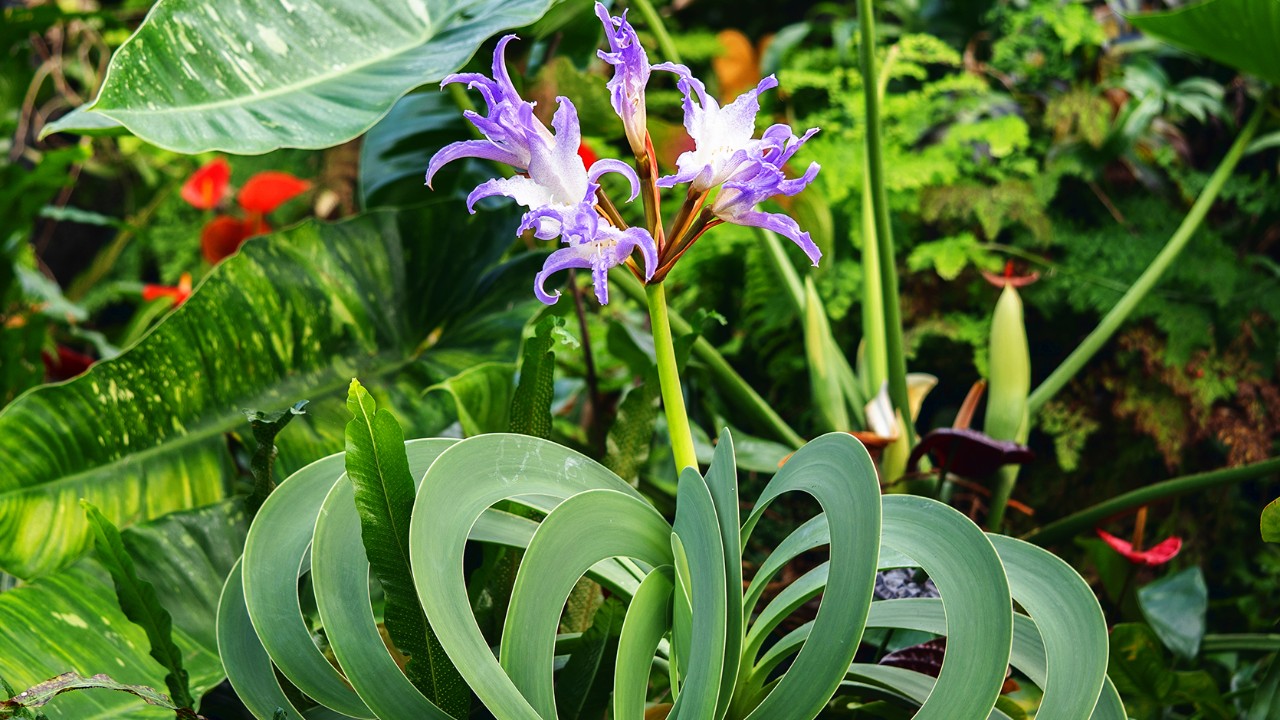
An evergreen species, Worsleya procera, also known as the Empress of Brazil, is the only species in its genus.
It was named after Arthington Worsley (1861-1943), a British engineer and plant enthusiast who was the first person to bring it into bloom under cultivation.
This species is a member of the bulbous Amaryllis (Amaryllidaceae) family, which also includes Hippeastrum, Crinum and Narcissus, among others. The lilac-blue flowers are borne in clusters on a tall stalk, above distinct sickle-shaped, flat leaves. Endemic to eastern Brazil, where it is critically endangered, it is the one of the largest species in the family, growing up to 1.5 metres tall.
It is not uncommon for this plant to flower only after several years in cultivation, as the plants have evolved to withstand extreme conditions in their natural habitat, where they are found growing on steep granite cliffs exposed to high winds, sunlight and high humidity.
The magnificent flowers and unusual form make this plant highly sought after in horticulture trade. In cultivation, they thrive on free-draining, porous substrates such as pumice.
When you are visiting the Gardens, do check out this unusual plant in the Lost World and on the mountain in Cloud Forest.
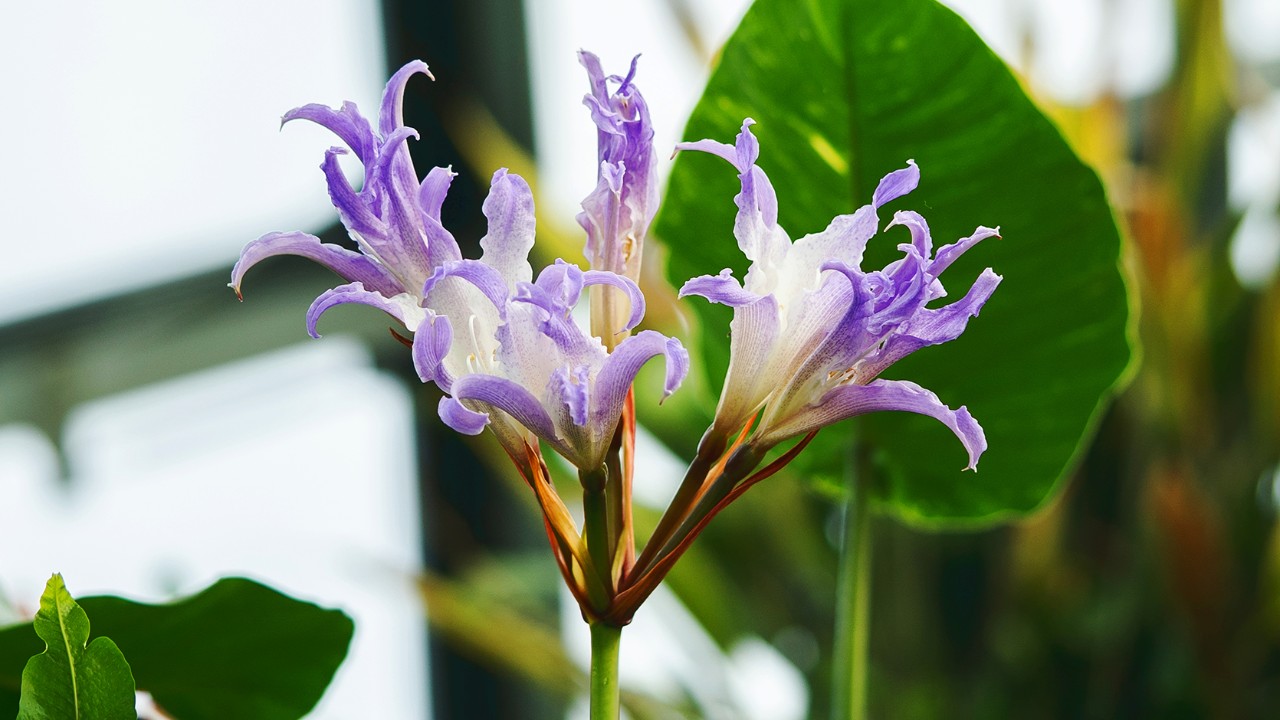

Written by: Arthur Voo, Senior Research Executive (Research and Horticulture)
Arthur has been working closely with plants for more than 10 years, whether in a park, nature reserve or glasshouse. These days, if he isn’t taking care of plants in the glasshouses, he likes to spend his time hiking and looking for interesting plants in the wild.
